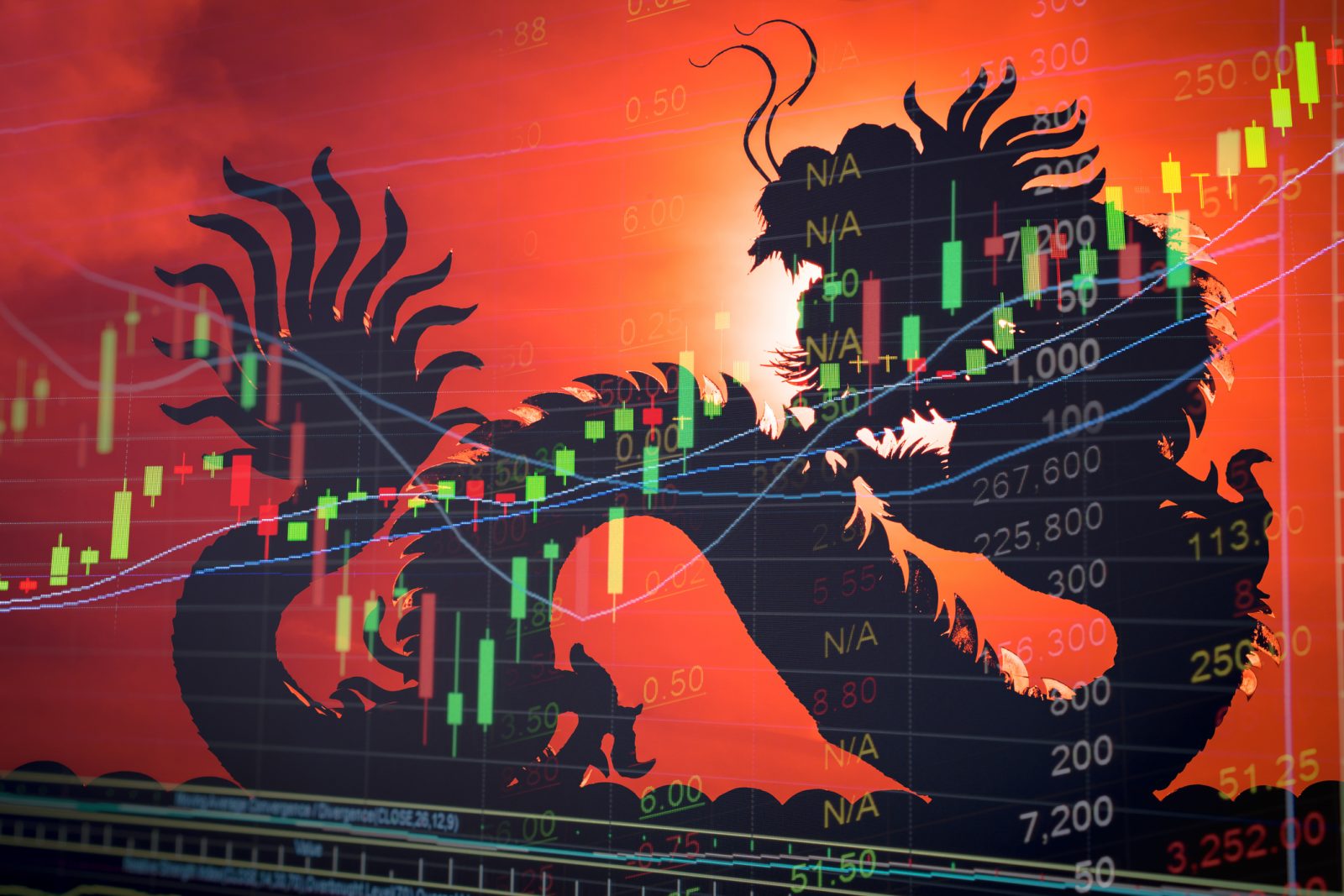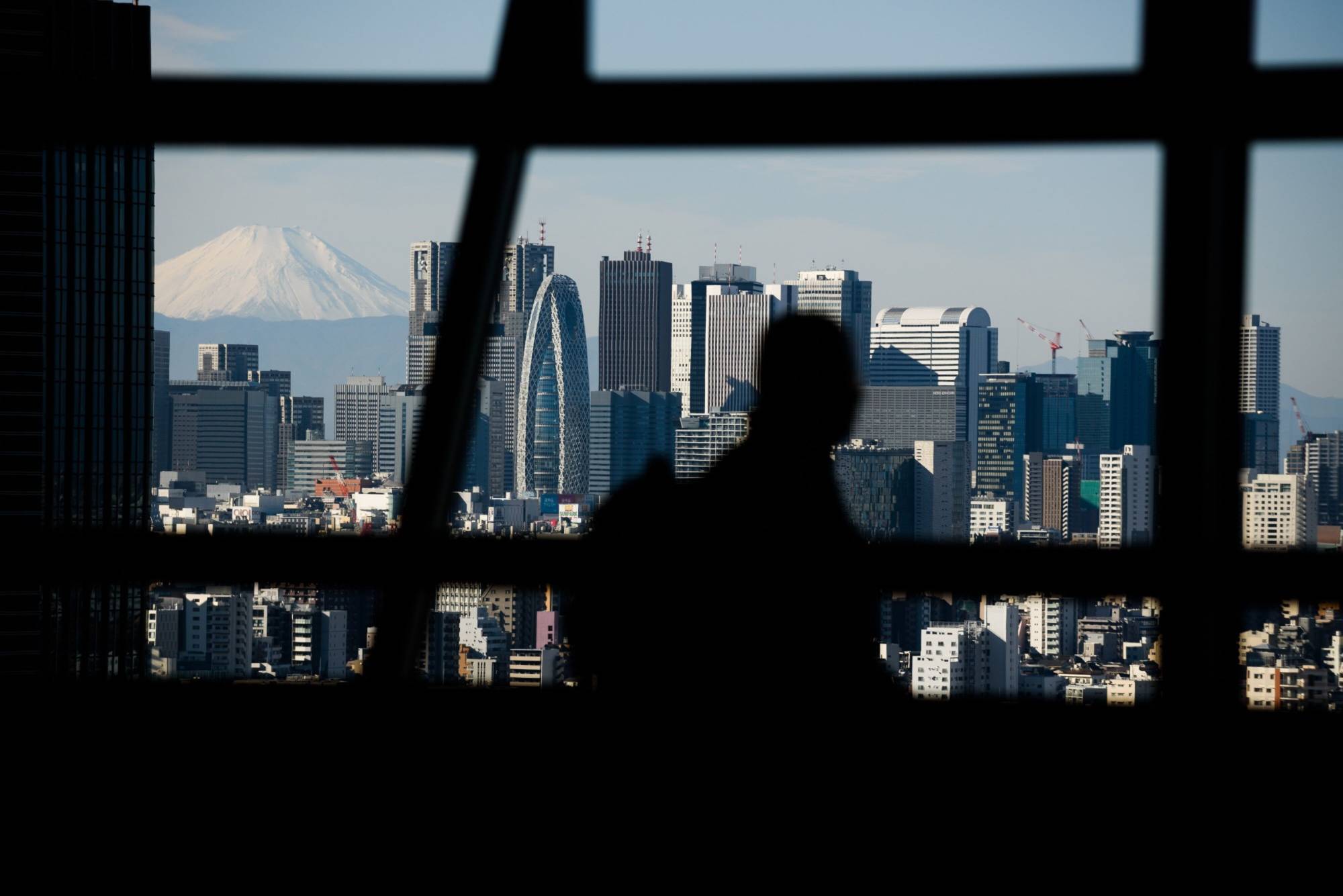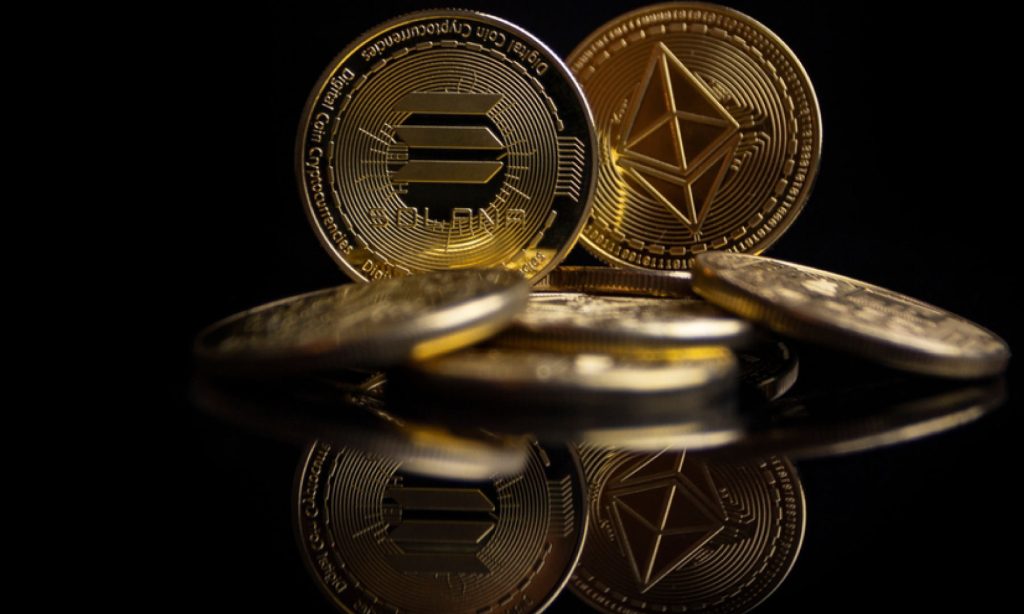Hold on to your hats, folks, because Japan’s bond market just threw a major curveball! The yield on the 30-year Japanese government bond (JGB) rocketed up a massive 25.5 basis points to hit 2.75% – a level we haven’t seen since August 2004. Seriously, 2004!

This isn’t just a technical move; it’s a freakin’ signal. The Bank of Japan has been stubbornly clinging to its ultra-loose monetary policy, including negative interest rates, for what feels like an eternity. But this surge in yields suggests the market is starting to lose faith in that commitment.
Let’s break down what’s happening here. A rising JGB yield means investors are demanding a higher return to hold Japanese debt. This typically happens when they expect higher inflation or economic growth – things the BOJ has been desperately trying not to stimulate.
Here’s a quick primer on bond yields:
Bond yields move inversely to bond prices. When demand for bonds decreases, prices fall, and yields rise. This recent increase shows weakening demand.
Long-term bonds, like the 30-year JGB, are particularly sensitive to expectations about future economic conditions and inflation.
A rising yield curve (where longer-term yields are higher than shorter-term yields) often signals economic optimism. The current movement is raising eyebrows because it’s happening despite the BOJ’s efforts.
This could force the BOJ to make some tough decisions. Do they continue to defend their yield curve control policy, potentially burning through even more cash in bond purchases? Or do they finally start to normalize monetary policy, risking a potential economic slowdown?
Honestly, this is a pivotal moment. The market is testing the Bank of Japan, and the BOJ’s response will have massive implications not just for Japan, but for global markets too. Buckle up, it’s gonna be a bumpy ride!






